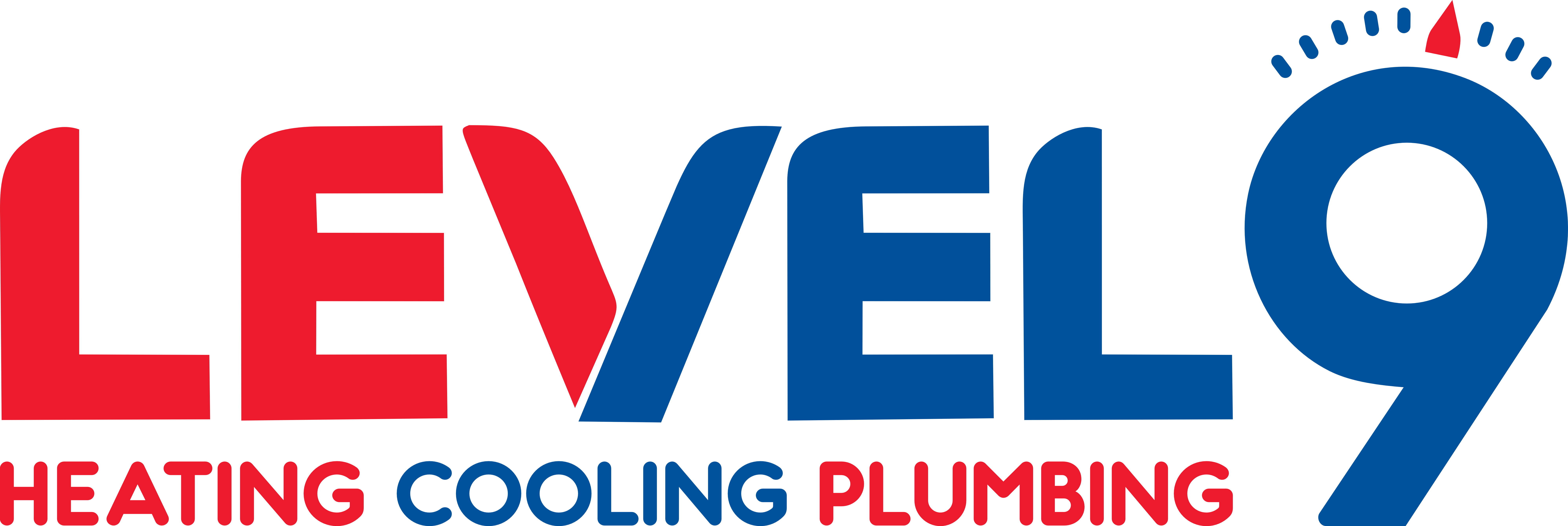The quality of your indoor air is extremely important. Since we spend a lot of our time indoors, it’s important to keep your indoor air as clean and pure as possible. If you’re dealing with poor indoor air quality (IAQ), this can lead to chronic inflammation, headaches, fatigue, allergy symptoms, and respiratory problems. Luckily, our team can provide professional indoor air quality testing to our clients in the Washington, MO, area. Let’s look at what you need to know about indoor air quality testing and the importance of indoor air quality.
Common Indoor Pollutants
It’s common for a home to experience several different types of particulate matter circulating through its air. This can include things like pet dander, pollen, mold spores, dust, and volatile organic compounds. The concentrations of these contaminants can vary depending on the source, how frequently you’re running your HVAC system, whether you have whole-house filtration installed, etc. The exchange of air between the inside of your home and the outdoors will also play a role in your indoor air quality.
There are some changes you can make in your home that can cut back on the number of particulates in your air. This includes selecting healthier cleaning products and building materials that don’t emit high levels of chemicals. Cleaning more frequently can reduce the amount of pet dander and fur in your home. Utilizing filtration can help circulate cleaner and healthier air throughout your home.
The Process of Testing Your Indoor Air
When you have your indoor air tested by an experienced professional, several samples will be taken. This usually includes both air samples and surface samples. These samples will be tested to see what kind of contaminants are present in your home. It’s common to experience some level of contaminants in your indoor environment, but you want to keep concentrations as low as possible.
The Potential for Improvements
If it is determined by indoor air quality testing that you have a high level of contaminants in your home, there are steps you can take to remedy the situation. For example, we can install a whole-house purification system on your HVAC system. All the air that passes through your system, through your ductwork, and into your home will be filtered to remove several different contaminants. The amount that is removed will depend on the type of equipment you have and the kind of filters being used. For example, a high-efficiency particulate air filter, or HEPA for short, can remove as much as 99.97% of particulate matter in your home. Activated carbon filters can improve the overall smell of your home and remove volatile organic compounds from your indoor air.
You should make sure that you are changing the filter in your furnace routinely. Usually, this should occur once every 30 to 90 days. Frequency depends on the type of filter you’re using. Pleated filters that have a high MERV rating, or minimum efficiency reporting value, usually last longer than a standard fiberglass filter. If your filter becomes clogged with debris, this can result in your indoor air experiencing a higher concentration of particulate matter. You can also strain your HVAC system this way, leading to more frequent heater and AC repairs and a shortened system lifespan.
Paying Attention to Humidity
Many homeowners neglect to pay attention to the level of relative humidity in their homes. Ideally, RH should always remain between 30% and 50%. High levels of humidity can be brought back down to a healthy level using a whole-house dehumidifier. Low levels of humidity can be addressed by adding moisture back into the air using a whole-house humidifier. High levels of humidity can result in more contaminants being held in the air and circulating. Low levels of humidity can irritate your sinuses and airways, allowing contaminants to cause more irritation.
Increasing Home Ventilation
While it’s very energy efficient to maintain a tight home envelope, this doesn’t always benefit your indoor air quality. We recommend using exhaust fans in areas of the home like bathrooms and the kitchen to remove humid air and air with high concentrations of particulate matter. If you don’t already have these fans installed, we can install them for you. You may also benefit from increased ventilation in areas like your attic or basement.
Maintaining a Clean Home
Routinely cleaning your home can cut back on things like dust, dust mites, and pet dander. You should wipe down surfaces every few days and clean the floors. If you have carpet, use a vacuum with a HEPA filter to remove pet messes. Hardwood floors and other hard surfaces can be cleaned with a dry mop or microfiber cloth.
Also, periodically change your bedding and wash your sheets in hot water. This will remove particulates while also killing any dust mites that may be present. Many homeowners choose to keep their pets out of the bedroom to maintain a healthy environment in that space.
Radon Testing Needs
Radon is a radioactive gas that can seep into your home through your basement’s foundation. Not all areas are prone to radon, and not all homes will experience high radon concentrations even if it is present in the soil. Testing your home for radon is important. If you are exposed to radon over an extended period, this can increase your risk of developing lung cancer and other health issues. If it is determined that radon is present in your indoor air, there are different ventilation systems that can be installed in your basement to remove the radon so you can breathe easier and safely.
The Importance of Ongoing Testing
While your initial indoor air quality test can provide you with a baseline for the state of your IAQ, you’ll want to schedule future tests as well. This can provide you with information on whether your efforts to improve your IAQ have been effective. There may also be new contaminants that are affecting your indoor air quality that you weren’t experiencing the first time you had testing performed. There may be the need for certain changes to ventilation or filtration as time goes on and your home environment shifts.
Some smart thermostats provide you with the ability to monitor your indoor air quality for several contaminants both at home and remotely. This can be a useful tool to use in between professional testing.
If you are interested in having an indoor air quality test performed in your Washington home, reach out to our team here at Level 9 Heating, Cooling, and Plumbing. In addition to testing your indoor air, we can also provide recommendations for how you can make improvements. We install whole-house filtration equipment as well as whole-house dehumidifiers and humidifiers. Our services also include the installation, maintenance, and repair of various types of heating and cooling equipment. We also offer commercial HVAC services and plumbing assistance.
Contact Level 9 Heating, Cooling, and Plumbing to schedule an appointment for indoor air quality testing in the Washington area today.



